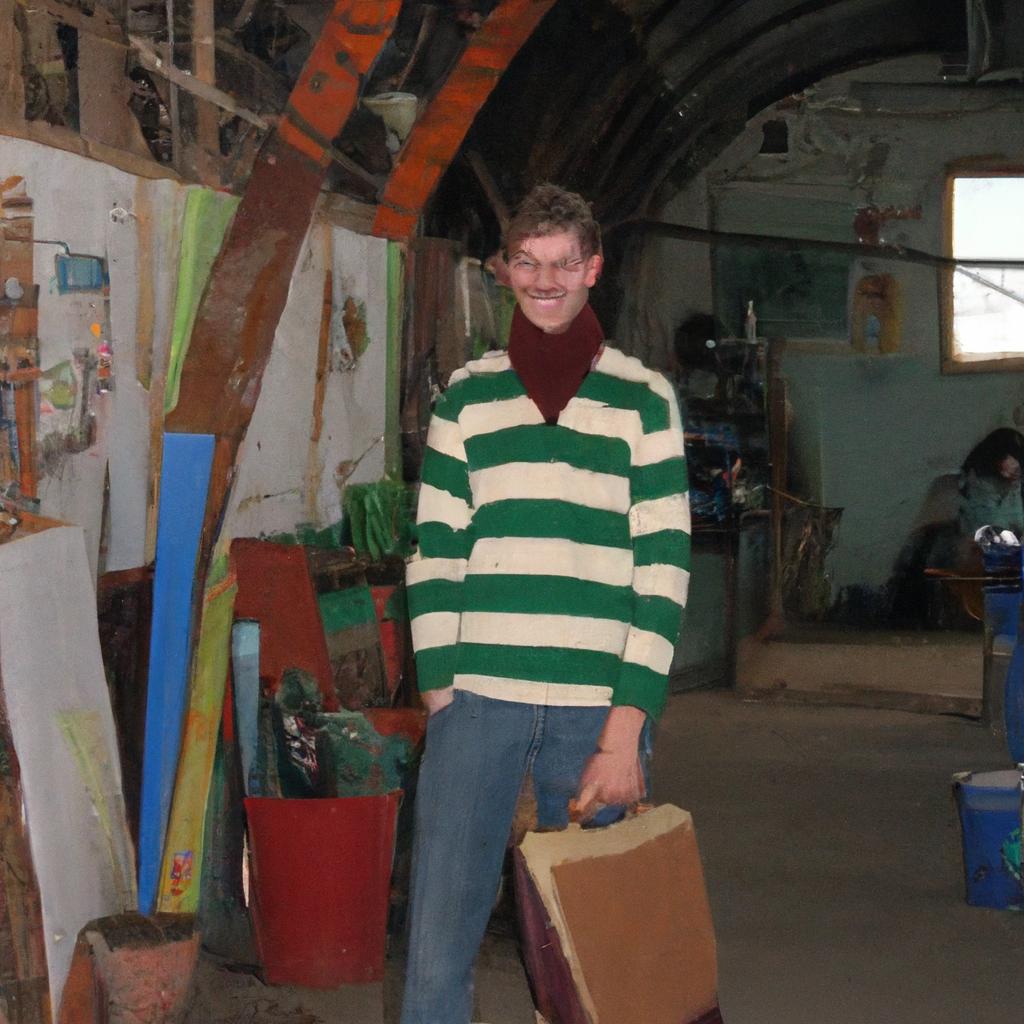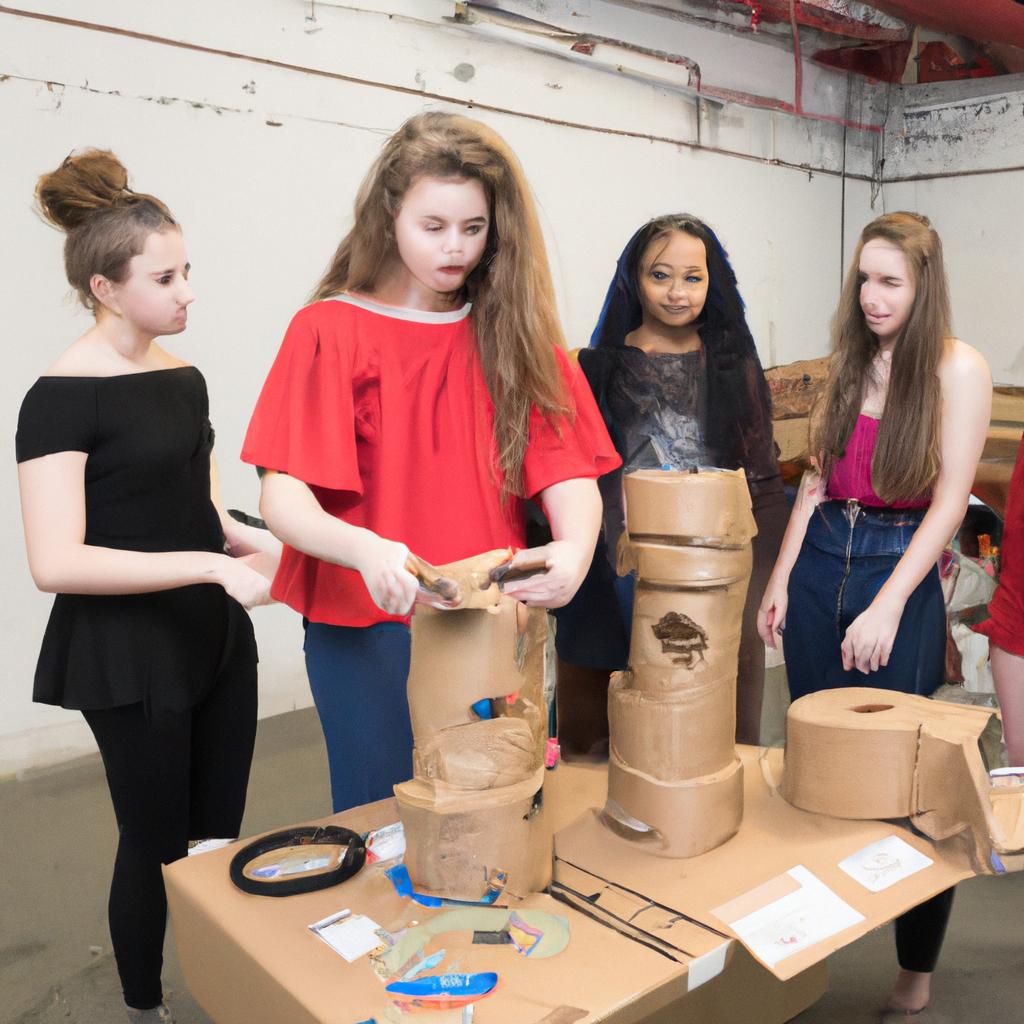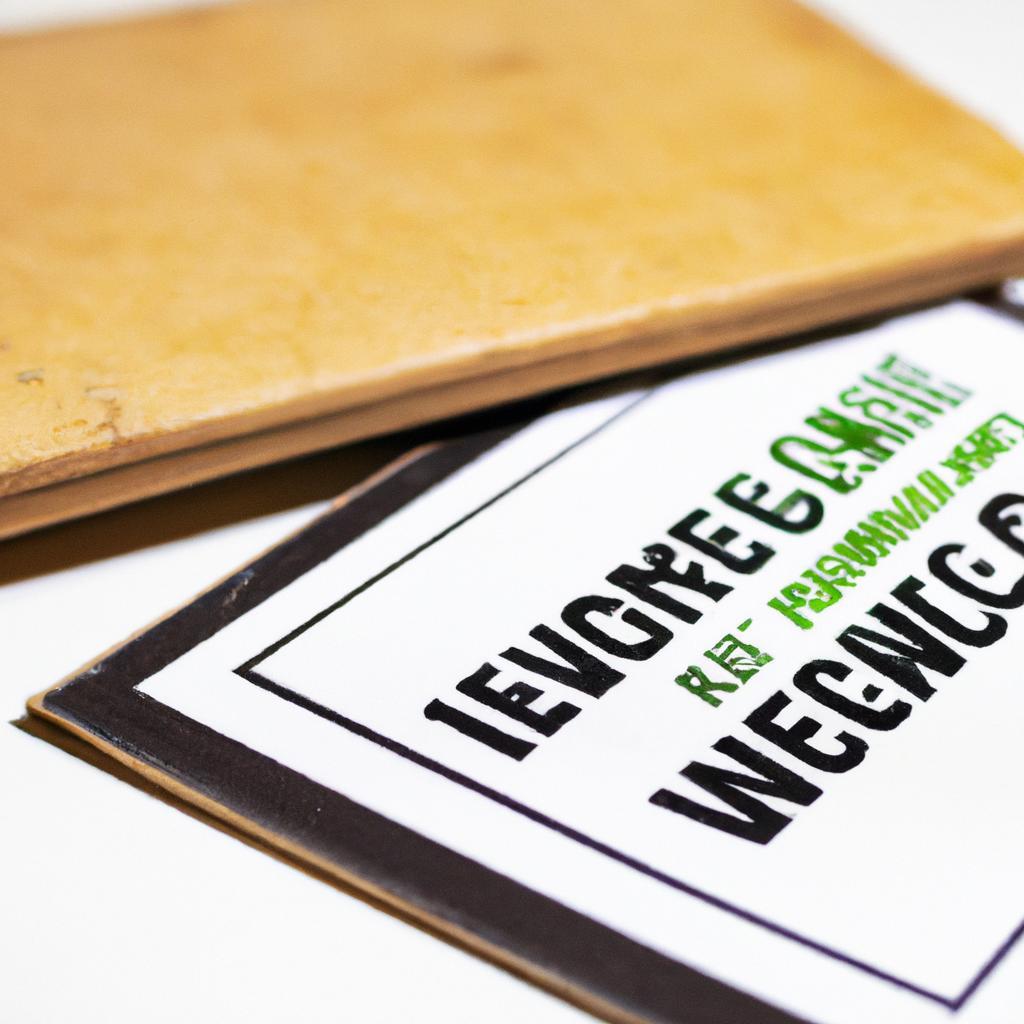Lifecycle Revived: Embracing Repair, Reuse, and Repurpose Over Waste
In a world increasingly defined by disposability, a quiet revolution is taking root—one that champions the virtues of repair, reuse, and repurpose over the relentless tide of waste. “Lifecycle Revived” invites us to reconsider our relationship with the products we consume and discard, urging a shift in perspective that values longevity and creativity over convenience. As environmental crises loom and natural resources dwindle, this movement beckons us to reclaim our agency as consumers and creators. By embracing a lifecycle approach that honors the history of our belongings and reimagines their potential, we can cultivate a culture that not only reduces waste but also ignites innovation. Join us on this journey as we explore the myriad ways to infuse new life into the old, transforming the narrative of consumption into one of sustainability and stewardship.
Revitalizing Sustainability through Repair and Reuse Practices
As we navigate the challenges of modern consumption, the shift towards sustainable practices becomes increasingly vital. A compelling approach to reimagining our connection with materials involves embracing the power of repair, reuse, and repurposing. This paradigm not only reduces waste but also fosters a deeper appreciation for the items we own. Consider the myriad of possibilities within this framework:
- Repair: Investing time in fixing broken items can extend their life and reduce landfill contributions.
- Reuse: Finding new functions for items instead of discarding them can spark creativity and innovation.
- Repurpose: Turning an old wooden ladder into a bookshelf exemplifies how fresh ideas can breathe new life into discarded materials.
These strategies not only diminish our environmental footprint but also invigorate our communities through shared skills and resources. By creating local repair shops and workshops, we can cultivate a culture that values ingenuity over disposability. Below is a simplistic table illustrating effective ways to incorporate these practices:
| Practice | Benefits |
|---|---|
| Repair | Reduces waste, saves money |
| Reuse | Encourages creativity, resourcefulness |
| Repurpose | Transforms waste into functional art |

Innovative Strategies for Repurposing Materials to Reduce Waste
In today’s world, where consumerism casts a long shadow over sustainability, there are groundbreaking methods to breathe new life into discarded materials, transforming waste into value. **Community workshops** serve as thriving hubs for DIY enthusiasts, where the art of mending clothing or furniture not only extends the lifecycle of products but also builds communal ties. **Industrial by-products**, once relegated to landfill, now find new purposes as astonishingly beautiful eco-friendly construction materials. Consider these innovative strategies:
- Upcycling: Transforming old glass bottles into stunning light fixtures.
- Creative Packaging: Using recycled cardboard to design elegant gift boxes.
- Art Installations: Collaborating with local artists to turn scrap metal into public sculptures.
To give you a glimpse of the potential, here’s a simple table showcasing some examples of repurposed materials:
| Material | New Use |
|---|---|
| Old Tires | Garden Planters |
| Wood Pallets | Outdoor Furniture |
| Glass Jars | Storage Solutions |
By embracing such inventive techniques, we can shift from a throwaway culture to one that inspires creativity and resourcefulness, proving that waste can spark innovation.
The Way Forward
As we step into a future increasingly defined by both environmental challenges and innovations, the principles of repair, reuse, and repurpose emerge as guiding beacons. “Lifecycle Revived” serves not only as a manifesto for sustainable living but as a reminder that value can be found in the things we often discard. By embracing these practices, we not only extend the lifespan of our possessions but also cultivate a culture of mindfulness that honors resources and respects our planet. As we close this exploration, let it resonate that every small action—be it mending a favorite garment, upcycling a forgotten piece of furniture, or choosing to fix rather than replace—contributes to a larger, collective narrative of sustainability. Together, we can weave a new lifecycle, one that celebrates not just what we can acquire, but what we can nourish, transform, and cherish. The journey toward sustainability is not just a trend; it is a movement, one that invites each of us to take part in rewriting our relationship with consumption. Let us rise to the occasion, not as mere consumers, but as stewards of a world we wish to see—revived, restored, and resilient.
